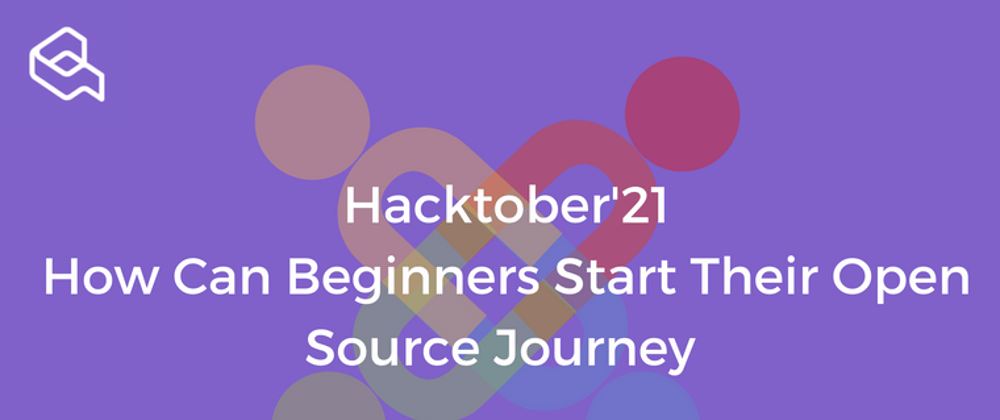Please check out the full article on Aviyel (leave a like before you do)
Open-source software (OSS) or Open Source Technology refers to codes freely available to the public. You can modify, distribute, and view the codes as you wish. The principles of open source are rooted in openness, collaboration, and community participation.
How does open source software work?
The focus of OSS is neither on the cost nor the absence thereof, contrary to popular belief. Instead, it emphasizes the user's freedom to modify the software as per their need. An open-source project distributes its source code for no charge. As a result, open-source software enables computer programmers and developers to modify and better someone else's creation. By using open-source software, small businesses can save money compared to expensive commercial software.
Open-source software's source codes are freely available for anybody to examine, modify, and enhance. The source code refers to the parts of a software program that most computer users do not see. Computer programmers can adjust them to change the way a program or application acts. They can fix parts that don't work or add new functions by manipulating the source code.
Peer review and community development are critical to successful open-source software, developed in a decentralised and collaborative manner. Open-source software is often less expensive, more flexible, and has a longer shelf life since it is created by communities rather than one separate entity.
Is internet history the history of open source?
Early telecommunication network protocols and internet technologies were developed using an open and collaborative environment during the 1950s and 1960s. ARPANET, a precursor to the 21st-century internet, encouraged peer review and collaboration through an open feedback process. It helped facilitate discussion and create open communication standards for collaborative development by letting coders view each
other's source files. During the early internet days in the 1990s, collective values, peer reviews, communication, and openness were integrated into its design.
Are open source, free software, and closed source software the same?
Richard Stallman formally designed free software through the GNU Project in 1983. Open source software has held that label for a long time. As a movement, free software emphasizes the idea of user freedom: freedom to see the source code, to modify, redistribute, make it freely available and work according to the user's specific needs.
Free software is a complement to closed source or proprietary software. In closed source software, the source code's proprietors are the only legal owners. A user may face legal coherence if they try to copy or modify a closed-source code without legal permission. The name "free software" has created confusion, however.
Having free software does not necessarily mean owning it, but using it as per user requirements. However, developers must note that "freedom is not the same as beer.". The pioneer of "open source" attempted to solve this problem by simply replacing the term "free software" with "open source." She argued that the problem with "free software" was not its association with politics but price predatory tendencies. Users must refrain from using the two terms interchangeably.
As part of a working group tasked with introducing open source software practices to a broader market, Peterson suggested that "open source" replace the term "free software." Group members advocated the availability of open, collaborative, flexible, and adaptable software to the world. In addition, it had more flexibility, was durable, and was high-qualityless expensive.
Eric Raymond was also a member of this working group, who later published his wildly influential piece "The Cathedral and the Bazaar." Netscape Communications Corporation released the Mozilla project's source code as free software in 1998, in response to that essay. As an open source project, that code later became the basis for Mozilla Firefox and Thunderbird.
The open source software movement was under tremendous pressure following Netscape's endorsement, forcing the community to focus on the practical business aspects of free software. The split between open source and free software thus became cemented: "open source" would serve as the term championing the methodological, production, and business aspects of free software. As long as these issues are rooted in the concept of user freedom, "free software" will remain a label that describes the conversations on the philosophical aspects of the problems.
Advantages of open source software
Open source software is now a necessity for almost all organisations. It is almost impossible to run a business without open source software today. Whether telecommunications systems, inventory, accounting, personal productivity applications, contact management, or operating systems, there is an ardent requirement of open source in every industry nowadays. Your entire organisation can feel the thrust of using open source software. Here are some advantages of using open source software:
Less expensive hardware
Linux and other open source software are easier to move around, compress and take less power than Solaris, Windows, or workstations. It is even possible to use cheap or old equipment and get the same results.
High-quality software
Many open source applications are high quality software. The source code is available once you start using open source. The majority of open source programs are well designed.
Simple license management
Open source software does not require licenses, so you would no longer have to worry. They can be installed multiple times and used anywhere. License compliance will not be monitored, tracked, or counted.
Abundant support
Open source software comes with ample support. Online communities make open source support easily accessible and available for free. Additionally, companies are offering free and paid online help, support, and maintenance staff.
Lower software costs
Minimising expenses is possible with open source software. By paying less for licensing and maintenance, you can save money. Documentation, media, and support would be the only expenses you will encounter.
There are only a few easy steps left. You can read the complete article for free on Aviyel.







Top comments (0)